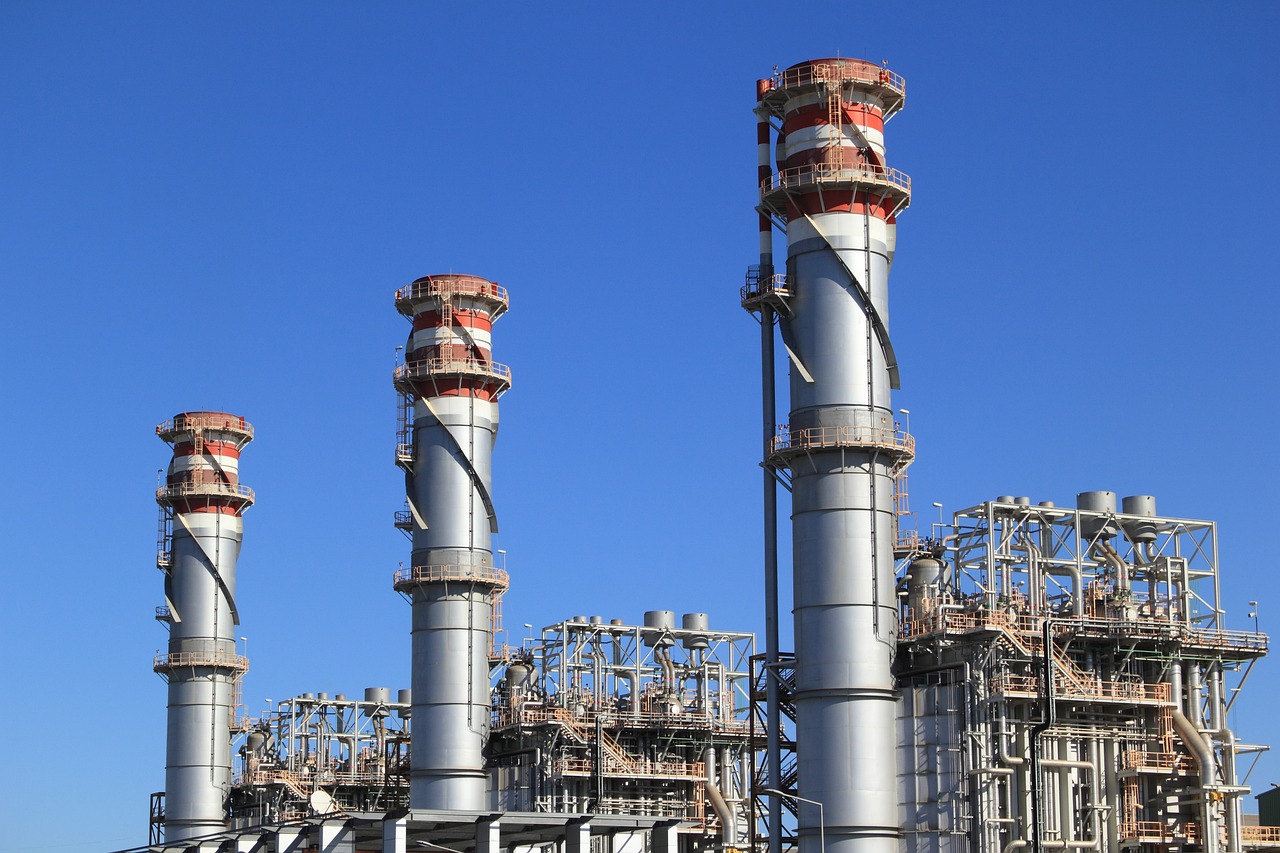Introduction: In the realm of thermal management, heating insulators play a vital role in maintaining desired temperatures and conserving energy. These materials are designed to resist heat transfer, thereby reducing heat loss or gain between two adjacent surfaces. From residential buildings to industrial processes, heating insulators find widespread applications in various sectors. In this article, we delve into the fundamentals of heating insulators, their types, properties, and applications, highlighting their significance in enhancing energy efficiency and sustainability.
Fundamentals of Heating Insulators: Heating insulators, also known as thermal insulators or heat insulators, are materials that impede the flow of heat energy through conduction, convection, or radiation. By minimizing heat transfer between two surfaces, heating insulators help maintain thermal comfort, prevent energy waste, and reduce heating or cooling costs.
Key Properties of Heating Insulators:
Low Thermal Conductivity: Heating insulators possess low thermal conductivity, meaning they are poor conductors of heat. This property inhibits the transfer of heat energy through the material, effectively reducing heat loss or gain.
High Thermal Resistance: The thermal resistance of a material, often quantified by its R-value, measures its ability to impede heat flow. Heating insulators typically exhibit high thermal resistance, indicating their effectiveness in resisting thermal transfer.
Non-Porous Structure: Many heating insulators have a non-porous structure, which minimizes air movement within the material. This reduces convective heat transfer, where heat is transferred through the movement of air or fluid molecules.
Resistance to Moisture and Chemicals: Heating insulators are often designed to be resistant to moisture absorption and chemical degradation. This ensures their long-term performance and durability in various environmental conditions.
Types of Heating Insulators:
Foam Insulation: Foam insulators, such as expanded polystyrene (EPS) and polyurethane foam, are lightweight materials with excellent thermal insulation properties. They are commonly used in building insulation, refrigeration, and packaging applications.
Fibrous Insulation: Fibrous insulators, including fiberglass and mineral wool, consist of fine fibers intertwined to form a porous structure. These materials offer high thermal resistance and are widely used in residential and commercial insulation, as well as in industrial applications.
Reflective Insulation: Reflective insulators, such as reflective foil and radiant barrier materials, work by reflecting radiant heat away from the surface. They are often used in attics, walls, and roofs to reduce radiant heat transfer.
Aerogel Insulation: Aerogels are lightweight, nanoporous materials with exceptional thermal insulating properties. They offer extremely low thermal conductivity and are used in high-performance insulation applications, such as aerospace and cryogenic systems.
Applications of Heating Insulators:
Building Insulation: Heating insulators are extensively used in residential, commercial, and industrial buildings to improve energy efficiency and thermal comfort. They are installed in walls, roofs, floors, and HVAC systems to minimize heat loss during winter and heat gain during summer.
Appliances and Equipment: Heating insulators are integrated into appliances, such as refrigerators, ovens, and water heaters, to reduce energy consumption and improve thermal efficiency. They help maintain consistent temperatures within appliances, optimizing their performance and longevity.
Industrial Processes: In industrial settings, heating insulators are employed in process piping, tanks, boilers, and furnaces to conserve energy and maintain operating temperatures. They help minimize heat loss and improve process efficiency in various manufacturing and chemical processing operations.
Transportation: Heating insulators play a crucial role in automotive, aerospace, and marine applications to reduce heat transfer between vehicle interiors and external environments. They help maintain comfortable temperatures for passengers and protect sensitive equipment from temperature fluctuations.
Conclusion: Heating insulators are indispensable components in thermal management systems, offering effective solutions for reducing heat transfer and enhancing energy efficiency. By selecting and implementing the appropriate heating insulators, industries, businesses, and homeowners can achieve significant cost savings, minimize environmental impact, and contribute to a more sustainable future. As the demand for energy-efficient solutions continues to grow, the importance of heating insulators in mitigating heat loss and optimizing thermal performance cannot be overstated.














